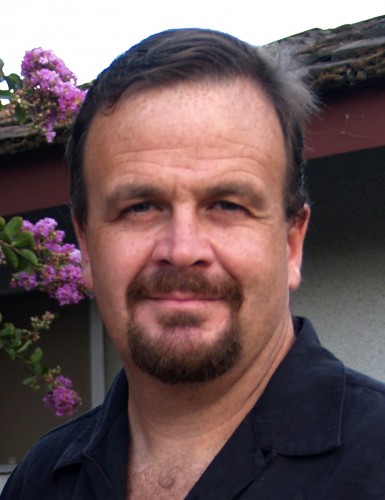 Journalists tend to love survey research since it often confirms or rejects their suspicions about trends they more casually observe. But reading through data and spotting the significant trends can get tedious, or–worse–journalists can misunderstand the data.
Religion reporter Joshunda Sanders recently explained her concerns with reporting on religion research.
Journalists tend to love survey research since it often confirms or rejects their suspicions about trends they more casually observe. But reading through data and spotting the significant trends can get tedious, or–worse–journalists can misunderstand the data.
Religion reporter Joshunda Sanders recently explained her concerns with reporting on religion research.
As much as I enjoy polls and surveys, a recent Wall Street Journal article on the flaws of national news media reporting on surveys is a concern I’ve had that’s popped up again and again. In the absence of more people willing to talk openly about their faith, combined with the “halo effect” of self-reporting — when people report things because of what they think people want to hear versus what they actually do — the data seems to often come up shallow. At least, that’s what I usually think about it, as fascinating as I find data.
Sanders points out one of the many angles to consider when reporting on religion surveys, including points made in a recent Wall Street Journal column on how reporters tend to chase the negative trends in religion research. Baylor University's Rodney Stark and Byron Johnson suggested that reporters often fall into the trap of not checking to see if survey results seem plausible.
So what's a religion reporter to do? Ignore all the research? I hope not. I spoke about these questions with Brad Wright, an associate professor of sociology at the University of Connecticut, who recently authored Christians are Hate-Filled Hypocrites... and Other Lies You've Been Told (2010) and Upside: Surprising Good News about the State of Our World (2011). He also wrote a recent cover story for Christianity Today (where I work) on how Americans perceive evangelicals. In a twist on our usual 5Q+1 feature, I asked Wright to talk about how journalists can avoid the pitfalls of chasing viral studies.
<p What should journalists watch out for when they report on new religion surveys? What problems do you usually see?
I would recommend that journalists read the reports for themselves and see what they find interesting and significant. What often happens is that a large report will contain a small piece of negative, “newsworthy” material, and it’s that piece that gets reported, with much of the rest of the report being ignored. Also, even with that piece, news reports often oversimplify it whereas the report itself will usually (and hopefully) present it in context and with some nuance.
With limited time and resources, are there ways can reporters verify that a study is consistent with what other research organizations are finding?
This is a difficult matter, for there’s no one place to go for answers, and reporters usually don’t have time to do a thorough literature review. At this point, maybe the best approach would be to try and find other, similar studies, and also maybe talk to various researchers, and see if they agree. If they don’t agree, then maybe the journalist can point out the difference in opinion in the story.
What resources should journalists reporting on religion know about? For instance, do you have specific websites that you consistently visit?
Again, we need a clearing house for information about religion in America. Some of the sources that I find helpful include (in no particular order): The Pew Forum on Religion and Public Life, Institute for Studies of Religion at Baylor, The American Religious Identification Survey, and Gallup Polls. While the data from these sources sometimes get spun pretty hard by commentators, I find that the original reports are accurate and helpful.
What is the most important religion story right now that you think the mainstream media just do not get?
The 1990s saw a dramatic increase in the number of Americans who don’t affiliate with any religion, and the media has reported this many times over. In addition, it appears that those people who remained in religion became, overall, more devout. So what we have is not a loss of religion in America, but a polarization. Some are getting less religious, some getting more, and we have fewer marginal believers in the middle.
Here’s some data on this point.
What is the story that you will be watching carefully in the next year or two?
At some point in not too long, the United States will have more Muslims than Jews, and this should make for interesting stories about religion in America.
BONUS: Do you have anything else you want to tell us about religion coverage in the mainstream news media?
In general the public’s appetite for the news focuses on the novel. We want to hear about planes crashing, not landing safely, about CEOs defrauding companies, not those running companies well, about parents endangering their children, not those raising their children well. Applied to religion, what’s often most novel is when religious people violate their own beliefs, such as pastor sex scandals or people acting hypocritically. I realize that at some level, the media survives by giving people what they want, but I think that both journalists and their audience would benefit by being aware of this dynamic that highlights the problems of religion.
